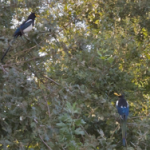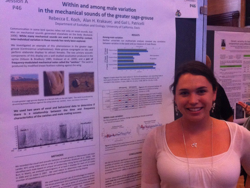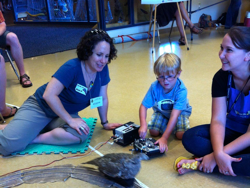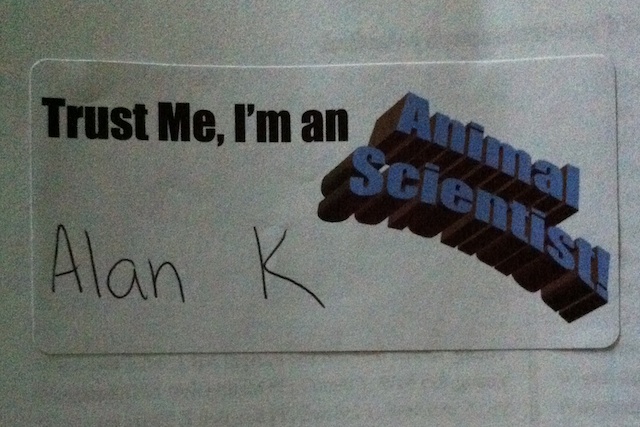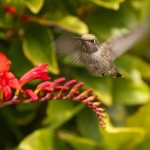
Anna's Hummingbird, Mendocino, CA
Time for a few updates from the summer. In a future post I’ll mention the 2011 Animal Behavior Society/International Ethological Congress that I recently attended in Bloomington, Indiana. In the mean time, a few notes about this web page…
First, a brief acknowledgement that since I added the visitor-counting widget ClusterMaps in the fall of 2009 [note, this is the old .mac site, the counter starts over on the new site], I’ve now received more than 1000 visitors from more than 30 countries. Ok, so these aren’t viral cat video numbers, but still it is nice to see peoples stopping by to check out our research. If you haven’t noticed the map, it is on the bottom of the main page.
Second, I’ve updated the Publications page with .pdfs of some of my recent papers. These include:
A commentary on the utility of Opportunity for Selection measures in sexual selection research, still online only in the Journal of Experimental Biology. I had several great co-authors on this paper: Mike Webster, Adam Jones, Steve Shuster, and Emily DuVal.
A review of the use of terrestrial microphone arrays, spearheaded by Dan Blumstein that appeared in the Journal of Applied Ecology. This paper emerged from an NSF-funded workshop a few years ago that Dan organized , with many of the participants helping with the manuscript.
Gail and I, along with our colleague Richard McElreath from Anthropology, investigated how economic models of bargaining and negotiation can be useful for understanding the dynamics of animal courtship on the lek. This invited paper was recently published in Current Zoology.
Finally, I scanned in the two book chapters I have helped to write. The most recent was published just this May. Emily DuVal and I were able to write the review on cooperative courtship in birds that we had been talking about for at least a decade. Somehow we managed to stick this in as an invited chapter in a new book on Evolutionary Family Psychology. I also now have available the chapter on Reproductive Skew in Birds that my PhD advisor Walt Koenig wrote with myself, Joey Haydock, and Shen-Feng Shen that was published a couple of years ago.
Again, links for these can be found on the publications page. Hopefully we’ll have some more empirical papers ready to go soon!
[Note- photo is an Anna’s Hummingbird- I took the photo this summer in Mendocino, CA]

